DeGree (Hoelzmann, Philipp)
‘De-Greening‘ of the central Sahara – northern Sahel: Environmental dynamics and oases economies between 14-19°N
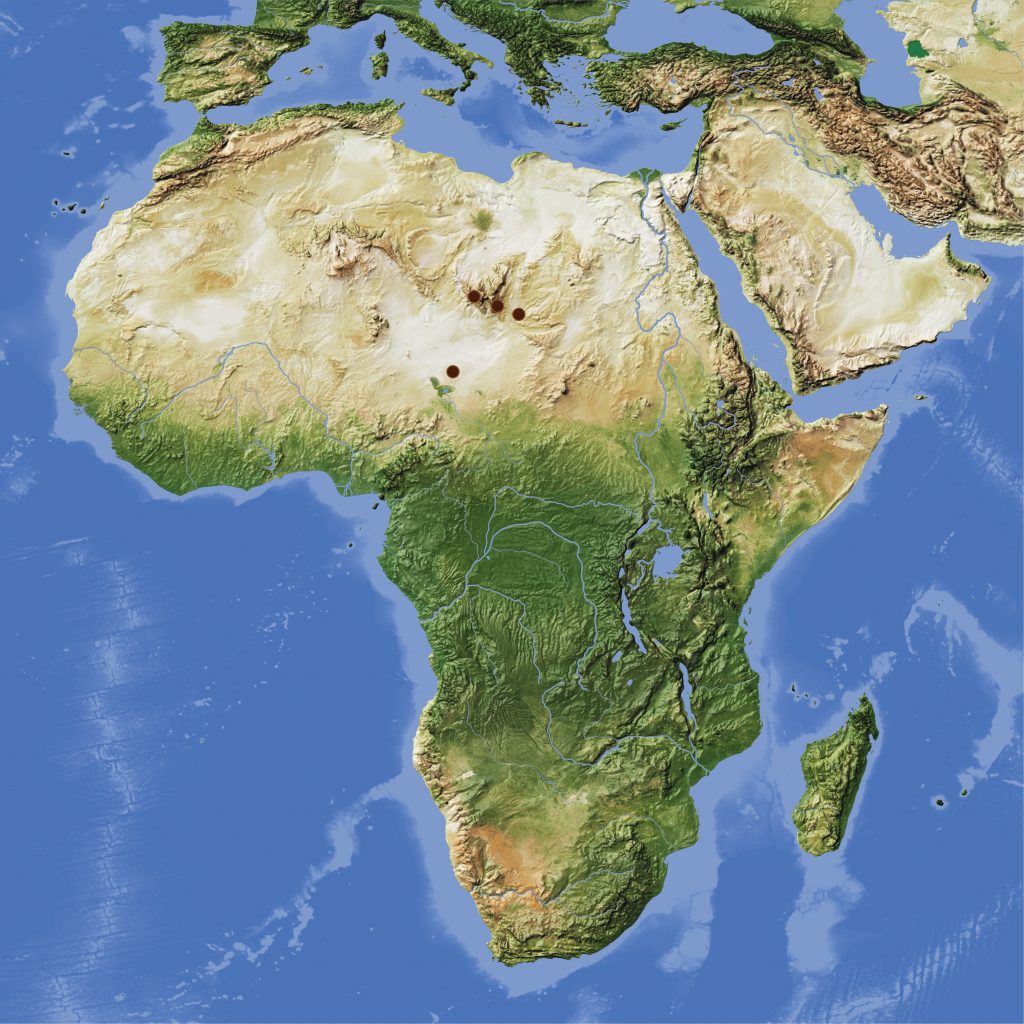
Michael Schmeling, licensed under CC BY 4.0 international, waterbodies © OpenStreetMap contributers, modification by Johanna Sigl
Project description
Today the Sahara, as the world’s largest hot desert, separates northern Africa into two parts, while a Green Sahara facilitated interactions during early and mid-Holocene between the Mediterranean and rainforest. Concomitant palaeoecological shifts imply changing resources, thereby affecting subsistence strategies. Environmental variability thus represents both, an important limiting factor as well as a driving force for inner-african transregional contacts and strategies of human societies and their mobility patterns.
The goal of the second phase pursues the basic approach from the first funding phase in using sedimentary archives to decipher Holocene environmental dynamics with a stronger emphasis to archaeological research questions that have developed from the findings of the joint collaboration within the SPP2143. It became obvious that biotic resources of landscapes are a major determinant for interregional contacts and thus their identification on a spatiotemporal scale are key.
The project’s focus is on two ecologically favourable areas from the Republic of Chad that provide sedimentary archives for palynological and geochemical analyses: (1) The groundwater oases of Ounianga within the central Sahara (19°N) and (2) the Kanem Region east of present Lake Chad in the Sahel (14-15°N) with its interdunal depressions that are often occupied by wetlands. A chronological framework of palaeoenvironmental changes will be established for a time period during which these groundwater oases and their economies developed.
The northern sites along the Ounianga escarpment acted as oases since the mid-Holocene de-greening of the Sahara whereas the southern sites of the Kanem Region provide oases insights since the fading of the Mega-Lake Chad around 4200 cal BP until today. This research thus provides unique opportunities for understanding of (1) the spatio-temporal appearance of palaeoecological shifts, (2) the development of groundwater oases sites, as well as (3) land use changes through time. The SPP2143 will benefit from these insights on a supra-regional scale as they render visible multi-layered entanglements from this region of transit.
Project members
Dr. rer. nat. Philipp Hoelzmann
Applicant/Project director
Free University Berlin
philipp.hoelzmann@fu‐berlin.de
Link:
https://www.geo.fu-berlin.de/geog/fachrichtungen/physgeog/mitarbeiter/phoelzmann/index.html
Research fellow
Free University Berlin / German Archaeological Institute: Department for Natural Sciences
michele.dinies@fu-berlin.de
Link:
https://www.geo.fu-berlin.de/geog/fachrichtungen/physgeog/mitarbeiter/mdinies/index.html
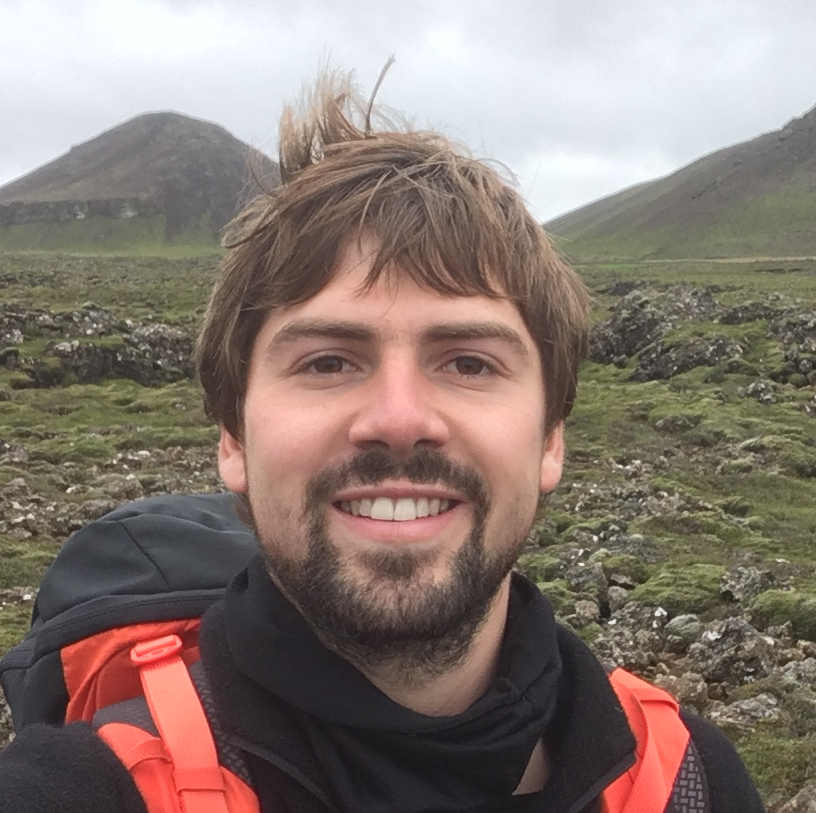
Theo Domnick
Student assistant
Free University Berlin
theod99@zedat.fu-berlin.de
Research fellow (gender equality measures)
Plant Conservation Unit, University of Cape Town / Free University Berlin
estellebota@gmail.com
Link:
https://orcid.org/0000-0002-7219-1411
Posts

Report on SPP Entangled Africa Annual Meeting in Münster
Allgemein EN, P01 Prehistoric Axes EN, P02 Connecting Foodways EN, P03 InterLINK EN, P04 Lake Chad EN, P05 Landscapes EN, P06 DeGreening EN, P07 Routes of Interaction EN, P08 ClimCellMed EN, P09 Borrowed words EN, P10 Congo Basin EN, P11 FDM EN, P12 Coordination, P13 Tracing Connections EN![[Attribution: unknown; Copyright: not defined] D-DAI-KAAK-2024-JS-0063-PlanetAfrica_Eroeffnung_BER](https://www.dainst.blog/entangled-africa/wp-content/uploads/sites/11/2024/12/D-DAI-KAAK-2024-JS-0063-PlanetAfrica_Eroeffnung_BER-scaled-e1734001679313-247x163.jpg)
“Planet Africa” in the James Simon Gallery: Exhibition Opening and Press Reviews
Allgemein EN, P01 Prehistoric Axes EN, P02 Connecting Foodways EN, P03 InterLINK EN, P04 Lake Chad EN, P05 Landscapes EN, P06 DeGreening EN, P07 Routes of Interaction EN, P08 ClimCellMed EN, P09 Borrowed words EN, P10 Congo Basin EN, P11 FDM EN, P12 Coordination, P13 Tracing Connections EN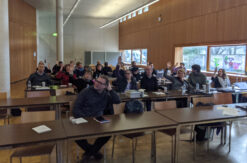
SPP Annual Meeting 2024 in Cologne
Allgemein EN, P01 Prehistoric Axes EN, P02 Connecting Foodways EN, P03 InterLINK EN, P04 Lake Chad EN, P05 Landscapes EN, P06 DeGreening EN, P07 Routes of Interaction EN, P08 ClimCellMed EN, P09 Borrowed words EN, P10 Congo Basin EN, P11 FDM EN, P12 Coordination, P13 Tracing Connections EN![[Attribution: ; Copyright: ] KAAK-SPP2143-TN-2023_Jahrestagung_Frankfurt_01-2022-8](https://www.dainst.blog/entangled-africa/wp-content/uploads/sites/11/2023/01/KAAK-SPP2143-TN-2023_Jahrestagung_Frankfurt_01-2022-8-247x163.jpg)
SPP Annual Meeting at the Goethe-University Frankfurt from 16th to 17th January
Allgemein EN, P01 Prehistoric Axes EN, P02 Connecting Foodways EN, P03 InterLINK EN, P04 Lake Chad EN, P05 Landscapes EN, P06 DeGreening EN, P07 Routes of Interaction EN, P08 ClimCellMed EN, P09 Borrowed words EN, P10 Congo Basin EN, P11 FDM EN, P12 Coordination, P13 Tracing Connections EN![[Attribution: J. Sigl; Copyright: Entangled Africa, KAAK] 2022-01-10_Teilnehmende07](https://www.dainst.blog/entangled-africa/wp-content/uploads/sites/11/2022/01/2022-01-10_Teilnehmende07-247x163.jpg)
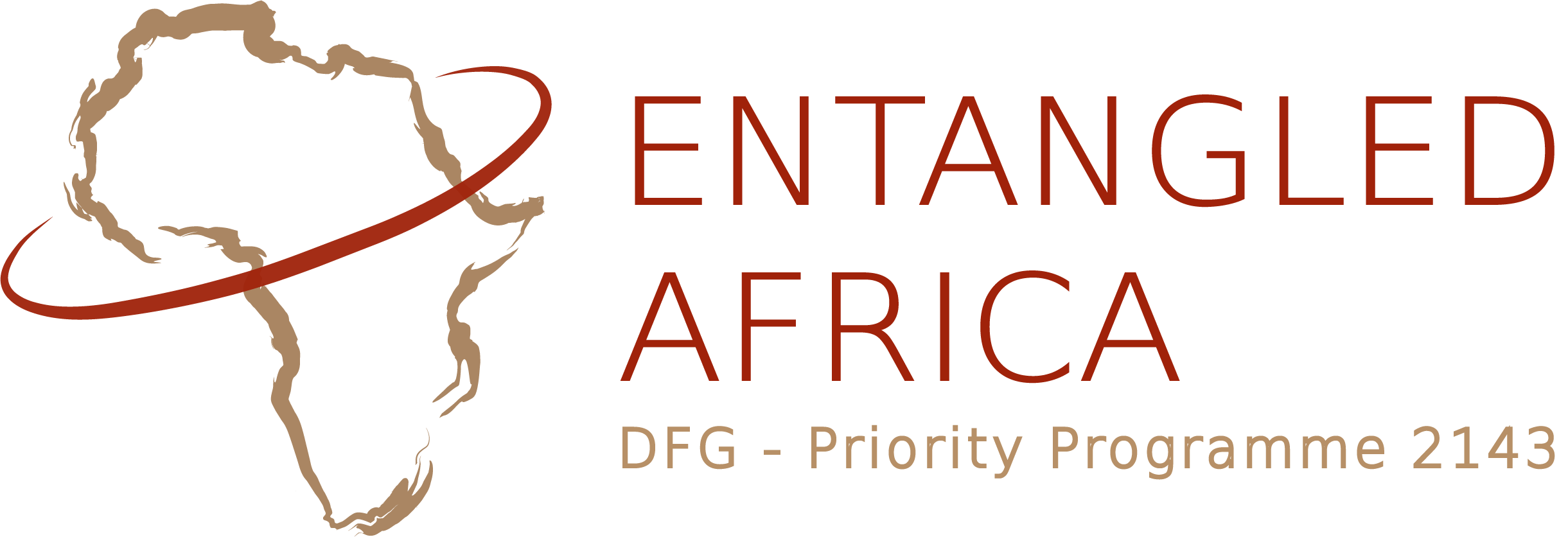
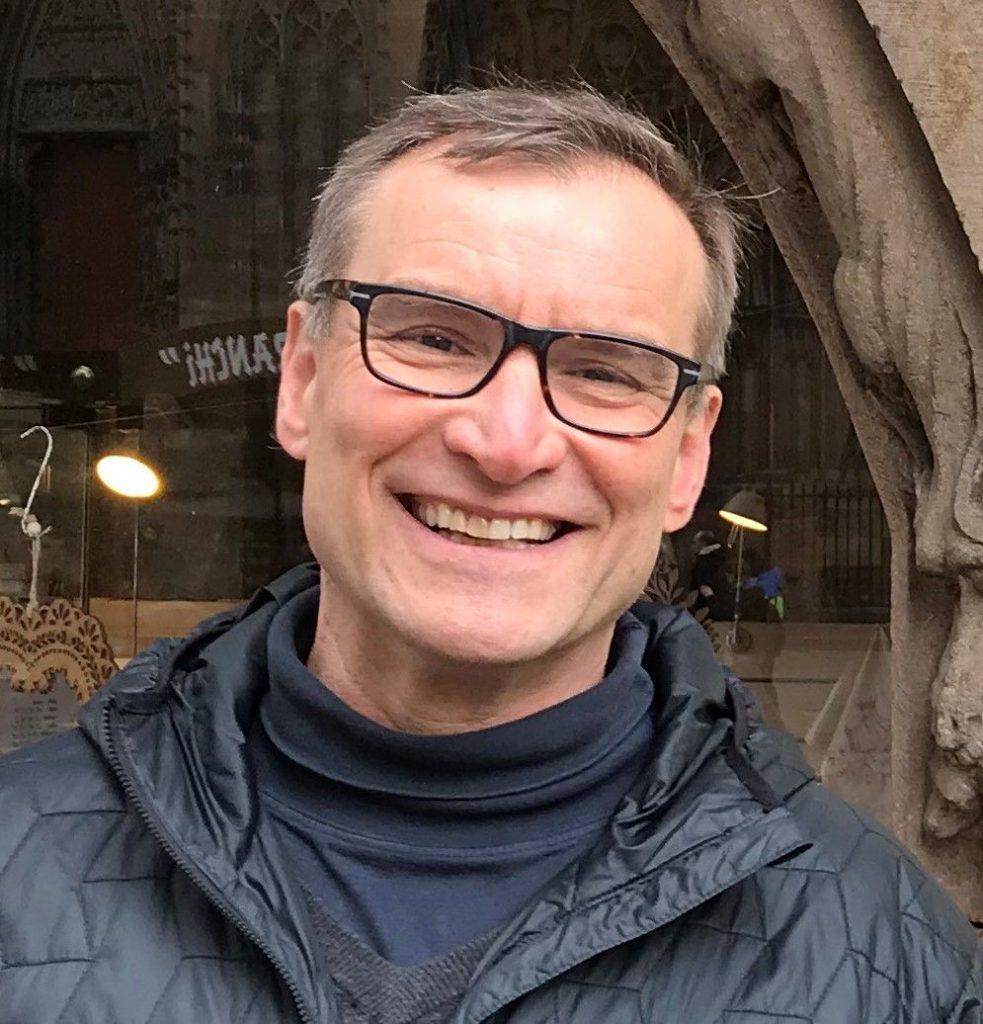
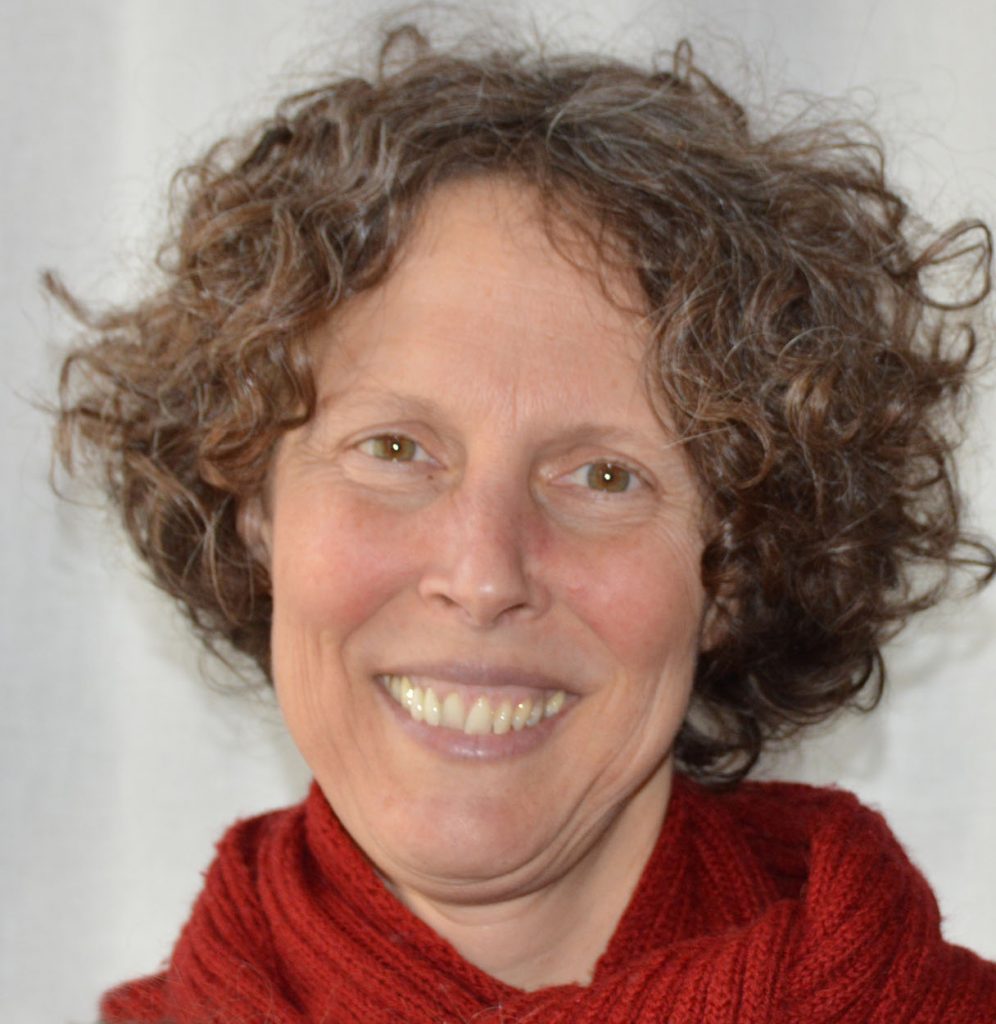
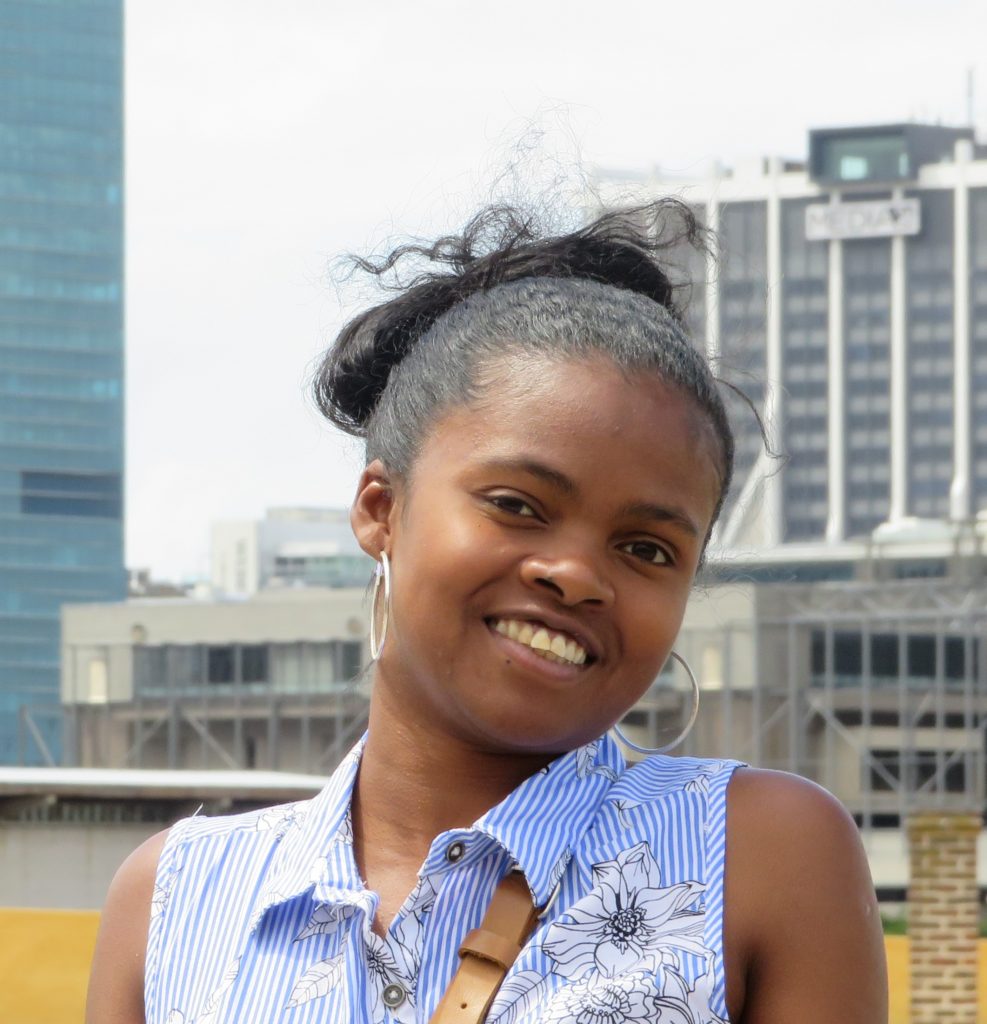
![INQUA's life-size Mammut-Logo [Attribution: ; Copyright: ] 20230719_092417](https://www.dainst.blog/entangled-africa/wp-content/uploads/sites/11/2023/08/20230719_092417-247x163.jpg)
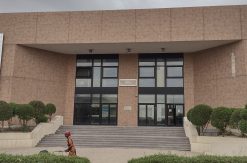
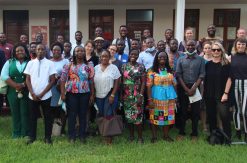
![Rasterelektronisches Bild einer archäologischen Holzkohle im Querbruch [Attribution: Alexa Höhn; Copyright: Alexa Höhn] Mege_C2_600_11_011](https://www.dainst.blog/entangled-africa/wp-content/uploads/sites/11/2021/07/Mege_C2_600_11_011-247x163.png)
![Daten & Folie: Mansour Mdawar, Projekt KlimZellMit [Attribution: J. Sigl; Copyright: KAAK] 2021-05-11_03](https://www.dainst.blog/entangled-africa/wp-content/uploads/sites/11/2021/06/2021-05-11_03-e1622808364550-247x163.jpg)
![[Attribution: ; Copyright: ] Estelle](https://www.dainst.blog/entangled-africa/wp-content/uploads/sites/11/2021/01/Estelle-1-247x163.png)
![[Attribution: ; Copyright: ] LuftbildLakeYoa](https://www.dainst.blog/entangled-africa/wp-content/uploads/sites/11/2020/10/LuftbildLakeYoa-247x163.jpg)
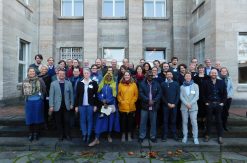
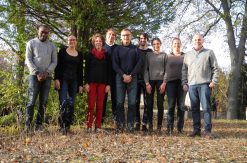
![[Attribution: unknown; Copyright: Taylor Francis Group] Screenshot 2022-01-27 at 13-02-43 QuaternaryVegetation Dynamics – The African Pollen Database – 9781003162766_webpdf pdf](https://www.dainst.blog/entangled-africa/wp-content/uploads/sites/11/2022/01/Screenshot-2022-01-27-at-13-02-43-QuaternaryVegetation-Dynamics-–-The-African-Pollen-Database-9781003162766_webpdf-pdf-247x163.png)